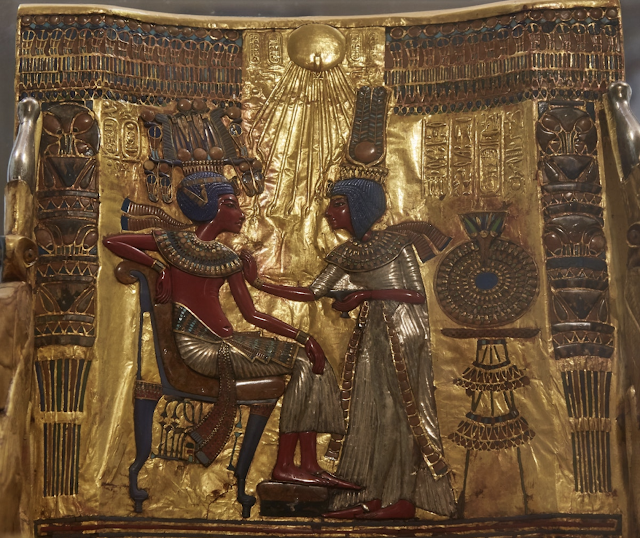When Sudhir first proposed to go to Egypt for a holiday I was very skeptical. He arrived at the choice by the process of elimination, time, budget, right time to go, have not been there earlier and lastly should be a mildly interesting place. In short, not very inspiring. First trip after pandemic. Being stuck in NZ during lockdown created many hurdles both physical and psychological.
Still, sent feelers to Tanjul and
Anshul to ask if they would be able to babysit…no no… cat-sit. They came back with a surprising suggestion. They will come along with us. This was a big boost to the program since the earlier hesitation vanished. To top it, Anshul’s buddy was a travel agent who could arrange the logistics for us. It was highly recommended to take an agent; the net was full of scary stories about how people were scammed, cheated, and heckled.
Finally! We were going to Egypt. The preparations begun. I started watching all the documentaries on Egypt that I could get on YouTube (still have not exhausted them). Read up on the Ancient Egyptian history, culture, cities to visit, places to go to in those cities, what to eat and what not to eat/drink (being vegetarian has its complications ). Saw multiple elaborate videos showing the tourist attractions in much greater detail than what an ordinary tourist possibly can see. Basically, virtually visited Egypt long before even booking the tickets. That’s me; Classic Rashmi. But .....doesn’t everyone do it?
So on Jan 2 we landed with all our baggage at the T2 at Mumbai where Sudhir promptly buried his nose in a book (Lonely Planet- Egypt) to BEGIN his homework for Egypt. Now? Huh!. Tanjul, the jet-setting corporator in a new job, went off to the lounge to work till past midnight, leaving Anshul and me to explore the whole airport. Highly recommended! If you want to really-really know your new son-in-law? Spend a couple of hours doing nothing at a place where there is nothing to distract and nothing to do. Just jakal. Love you Anshul.
With this preamble, I am going to post pictures, anecdotes, and interesting archeological trivia about the various places that we visited in Egypt. Our itinerary Mumbai-Cairo-Aswan-Luxor-Cairo-Mumbai. Jan 2 to Jan 13, 2023.
 Anshul had identified a restaurant close to the
museum that specialized in serving Koshari, a mix of different pasta, lentils, chutneys,
fried onions creating a very carb rich vegetarian dish. All of us enjoyed, this
was topped by a kheer like dessert.
Anshul had identified a restaurant close to the
museum that specialized in serving Koshari, a mix of different pasta, lentils, chutneys,
fried onions creating a very carb rich vegetarian dish. All of us enjoyed, this
was topped by a kheer like dessert. 














